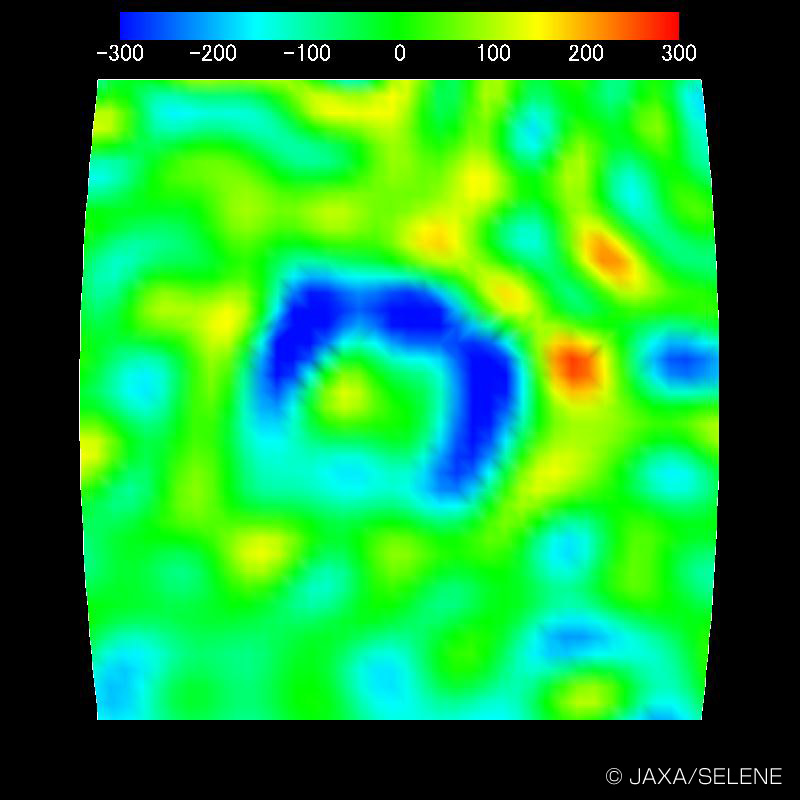
The sociology of scientific knowledge (SSK), closely related to the sociology of science, considers social influences on science. Practitioners include Barry Barnes, David Bloor, Gaston Bachelard, Paul Feyerabend, Elihu M. Gerson, Thomas Kuhn, Martin Kusch, Bruno Latour, Susan Leigh Star, Anselm Strauss, Lucy Suchman, Harry Collins, and others.
These thinkers (sociologists, philosophers of science, historians of science, anthropologists and computer scientists) have engaged in controversy concerning the role that social factors play in scientific development relative to rational, empirical, and other factors.
SSK basically exploits the history and sociology of science, it consists of studying the development of a scientific field, and identfying points of contingency or interpretative flexibility, where at time, ambiguities are present. Having identified such branch points, the researcher then seeks to explain why one interpretation rather than another succeeded.
Learn more...These thinkers (sociologists, philosophers of science, historians of science, anthropologists and computer scientists) have engaged in controversy concerning the role that social factors play in scientific development relative to rational, empirical, and other factors.
SSK basically exploits the history and sociology of science, it consists of studying the development of a scientific field, and identfying points of contingency or interpretative flexibility, where at time, ambiguities are present. Having identified such branch points, the researcher then seeks to explain why one interpretation rather than another succeeded.
[And, in this sense, read the following story:]
Remote Viewing Vs Its Skeptics
·The Larger Picture of Remote Viewing Vs. The Larger Picture of Skeptics and Debunkers
by Ingo Swann (20 Jan 96)
http://www.psicounsel.com/swanskep.html


[...]
During the mid-1970s, one of the agencies of the intelligence community requested a lengthy examination. I[Ingo Swann] was involved with a number of professional consultants in its preparation and the report was duly produced under the working title "Social Resistance to Psi."
Three of the major observations of the report established the following:
(1) Since doubt is considered a legitimate function within intellectual processes, the role of those who doubt is given more legitimacy than those who do not doubt. Were this not so then the meaning of doubt would become vague.
(2) When doubt is superimposed on direct human experiencing, then the doubt assumes a priority because of its perceived legitimacy. The superimposition then results in a subtle shift of focus away from examining the direct human experiencing and reinstalls the focus within the contexts of the various intellectualisms that have become involved.
(3) The history of intellectualisms demonstrates (a) that they have relatively short terms of social fashionability, and (b) that they tend to be elitist in nature because the larger populations either do not, or cannot, share in them.
Combining these three observations results in a fourth: that doubt is relative to social enclaves and is thus only transitory against larger issues that remain permanent within the direct experiential thresholds of our species.
Reducing these four observations to a possibly crude level, skeptics and debunkers come and go --- but the experiencing thresholds of the species remain the same. The experiencing thresholds are therefore perpetual. Skepticism that advocates doubt regarding something perpetual is relevant only to the transitory intellectual boundaries within which it has arisen.
As an apt illustration of the above, Albert Einstein introduced his special theory of relativity in 1905 while he was still a student and working in the patent office in Switzerland. The skeptical responses regarding the theory, and him as a scientist and man, were not only noisy but exceedingly voluminous.
By 1925, historians appraised that the Einstein "debate" had accumulated the largest printed paper volume ever.
When the special theory was proven correct between 1927 and 1929, it was shown that relativity was perpetual --- naturally existing and true. The skeptical and debunking responses were shown as transitory, however ardent and voluminous they had been. None of the names of Einstein's skeptics are remembered. And this is the ignominious fate of most skeptics --- because the times and tides of discovery march on and forget they existed.
Please, read more...
Three of the major observations of the report established the following:
(1) Since doubt is considered a legitimate function within intellectual processes, the role of those who doubt is given more legitimacy than those who do not doubt. Were this not so then the meaning of doubt would become vague.
(2) When doubt is superimposed on direct human experiencing, then the doubt assumes a priority because of its perceived legitimacy. The superimposition then results in a subtle shift of focus away from examining the direct human experiencing and reinstalls the focus within the contexts of the various intellectualisms that have become involved.
(3) The history of intellectualisms demonstrates (a) that they have relatively short terms of social fashionability, and (b) that they tend to be elitist in nature because the larger populations either do not, or cannot, share in them.
Combining these three observations results in a fourth: that doubt is relative to social enclaves and is thus only transitory against larger issues that remain permanent within the direct experiential thresholds of our species.
Reducing these four observations to a possibly crude level, skeptics and debunkers come and go --- but the experiencing thresholds of the species remain the same. The experiencing thresholds are therefore perpetual. Skepticism that advocates doubt regarding something perpetual is relevant only to the transitory intellectual boundaries within which it has arisen.
As an apt illustration of the above, Albert Einstein introduced his special theory of relativity in 1905 while he was still a student and working in the patent office in Switzerland. The skeptical responses regarding the theory, and him as a scientist and man, were not only noisy but exceedingly voluminous.
By 1925, historians appraised that the Einstein "debate" had accumulated the largest printed paper volume ever.
When the special theory was proven correct between 1927 and 1929, it was shown that relativity was perpetual --- naturally existing and true. The skeptical and debunking responses were shown as transitory, however ardent and voluminous they had been. None of the names of Einstein's skeptics are remembered. And this is the ignominious fate of most skeptics --- because the times and tides of discovery march on and forget they existed.










.png)




